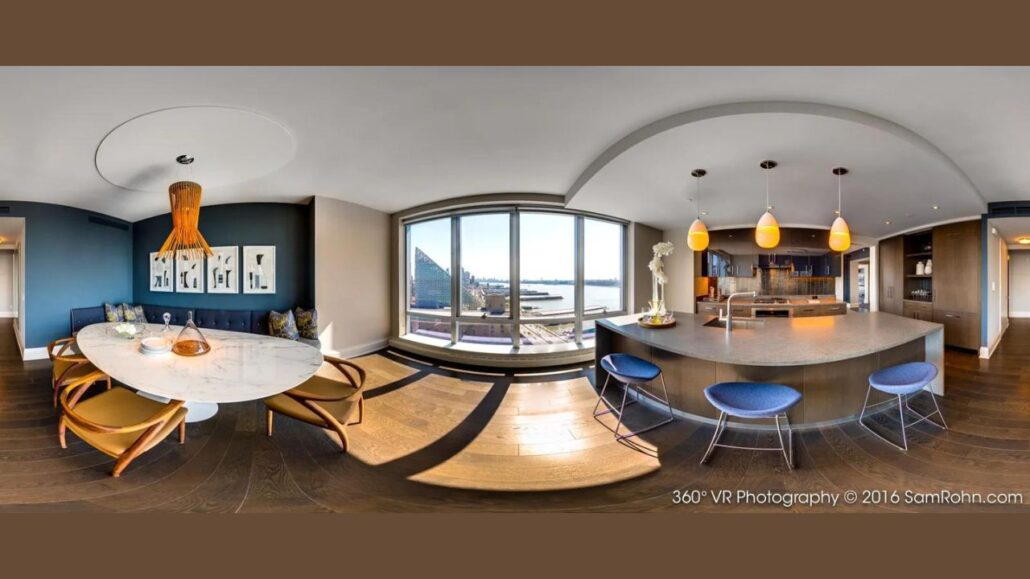The art of real estate photography for effective marketing. Capture properties with precision, utilize natural lighting, and highlight key features. Enhance images through editing, embrace virtual tours, and stay consistent. Elevate your marketing efforts with compelling visuals to attract buyers and drive sales.
To Real Estate Photography
How to Take Photos for Real Estate Marketing, Real estate photography is more than just snapping pictures of homes; it’s about creating visual narratives that inspire and engage prospective buyers.
Whether you’re a seasoned professional or a novice with a camera, mastering the fundamentals of real estate photography can elevate your marketing efforts and showcase properties in their best light.
Importance of High-Quality Photos in Real Estate Marketing
Digital platforms, online listings, and high-quality photos serve as potential buyers’ first impressions.
Studies have shown that listings with professional photographs receive significantly more views and generate higher levels of interest compared to those with mediocre imagery.
As such, investing in professional-grade Photography can yield substantial returns in the competitive real estate market.
Your Equipment: Cameras and Lenses
How to Take Photos for Real Estate Marketing, Before embarking on a real estate photoshoot, it’s essential to familiarize yourself with the tools of the trade.
While a basic DSLR camera can produce impressive results, investing in specialized lenses, such as wide-angle or tilt-shift lenses, can enhance your ability to capture expansive interiors and architectural details with precision and clarity.
Preparing the Property for Photography
How to Take Photos for Real Estate Marketing, To ensure optimal results, it’s crucial to prepare the property for Photography meticulously. Clearing clutter, decluttering countertops, and staging rooms can create a sense of space and sophistication that resonates with buyers.
Additionally, paying attention to details such as lighting fixtures, window treatments, and landscaping can enhance the overall aesthetic appeal of the property.
Utilizing Natural Lighting to Your Advantage
Natural lighting can be a powerful ally in real estate photography, imbuing interiors with warmth and vibrancy.
Whenever possible, schedule photoshoots during the golden hours of sunrise and sunset to capitalize on soft, flattering light that accentuates architectural features and highlights outdoor amenities. For interiors, strategically opening curtains and blinds can invite natural light to flood the space, creating inviting and inviting interiors.
Tips for Composition and Framing
Composition plays a pivotal role in real estate photography, guiding the viewer’s eye toward the property’s most compelling features.
When framing shots, strive for symmetry and balance, utilizing leading lines and points of interest to create visual harmony. Experiment with different angles and perspectives to showcase the property’s unique selling points,
whether it’s panoramic views, vaulted ceilings, or intricate architectural details.
Highlighting Key Features and Selling Points
How to Take Photos for Real Estate Marketing, It’s essential to highlight the property’s most desirable features and selling points.
Whether it’s a gourmet kitchen, a spa-like bathroom, or a sprawling backyard, capturing these amenities through compelling imagery can pique the interest of potential buyers and set the listing apart from the competition.
Post-Processing and Editing Techniques
Post-processing and editing play a crucial role in refining and enhancing real estate photographs.
From adjusting exposure and white balance to fine-tuning colors and contrast, editing software such as Adobe Lightroom and Photoshop offer a myriad of tools to elevate your images to professional standards.
However, exercise restraint when applying filters and effects, aiming for a natural and authentic portrayal of the property.
Virtual Tours and 360-Degree Photography

Virtual tours and 360-degree Photography have emerged as powerful marketing tools for real estate professionals. By allowing prospective buyers to explore properties from the comfort of their homes, virtual tours provide a comprehensive and interactive viewing experience that transcends traditional Photography.
Importance of Consistency Across Listings
Consistency is key when it comes to real estate marketing. From photography styles and editing techniques to branding and messaging, maintaining a cohesive and unified presence across all listings reinforces your professionalism and credibility in the eyes of potential buyers. Ensure that your photographs adhere to a consistent aesthetic and quality standard across all marketing channels.
Avoiding in Real Estate Photography
While mastering the art of real estate photography takes time and practice, avoiding pitfalls can streamline the learning process.
Be mindful of distorted perspectives, overexposed windows, and cluttered compositions that detract from the property’s appeal. Additionally, invest in quality equipment and stay abreast of industry trends and best practices to stay ahead of the curve.
Hiring a Professional Photographer vs. DIY Approach
When it comes to real estate photography, the age-old debate between hiring a professional photographer and adopting a DIY approach rages on.
While professional photographers bring expertise and specialized equipment to the table, DIY enthusiasts can leverage online resources and tutorials to hone their skills and save on costs.
The decision boils down to budget, time constraints, and the level of quality you aim to achieve.
Cost-Effective Solutions for Real Estate Photography
For budget-conscious sellers and agents, cost-effective solutions for real estate photography abound.
From smartphone cameras with advanced features to affordable editing software and online courses, there are plenty of resources available to aspiring photographers.
By leveraging these tools effectively, you can elevate your marketing efforts without breaking the bank.
Keeping Up with Trends in Real Estate Photography
Staying abreast of trends and innovations is essential for success in real estate photography.
Whether it’s drone photography, virtual staging, or HDR imaging, embracing emerging technologies and techniques can set you apart as a forward-thinking professional.
Attend workshops, network with industry peers, and explore new avenues for creativity and expression in your craft.
Conclusion
Mastering the art of real estate photography requires a blend of technical skill, artistic vision, and attention to detail. By following the principles outlined in this guide and embracing a spirit of creativity and innovation, you can elevate your marketing efforts and showcase properties in their best possible light. Remember, compelling imagery has the power to captivate hearts and minds,
FAQ
How do Estate Agents Take Photos?
Taking photos from a corner is great because it makes the space look bigger. On the other hand, if you take a photo straight on, then everything is going to look flat. That’s definitely not going to make the property look great, and it is going to make people keep scrolling.
What is the Best Order for Real Estate Photos?
In general, this means public rooms like the living room go first, followed by the kitchen and then each bedroom followed by the bathrooms (include ensuite bathrooms with each respective bedroom, if that applies to your home)
Can AI Edit Real Estate Photos?
That’s where AI real estate photo editing tools come in handy. It provides you with multiple options to create great-looking images, making your job considerably easier. In this post, we’ll share our top 5 picks of AI real estate photo editing tools to help you speed up the editing process. Alright, let’s dive in! Oct
Do Photographers Need Agents?
A photography agent’s main job is to help you as the photographer get new clients and projects by raising your brand’s recognition. They’ll work with their network to gain more contacts, negotiate your contracts and fees, and can even serve as a mentor to help you understand the industry.
What Lens do Real Estate Photographers Use?
Try a wide-angle lens for a more sweeping, all-encompassing perspective. The best focal length is between 14 and 35 mm. Additionally, consider a tilt-shift lens. While on the pricey side, this lens is a great option for keeping the vertical lines of the property by solving for any perspective distortions in real time.



